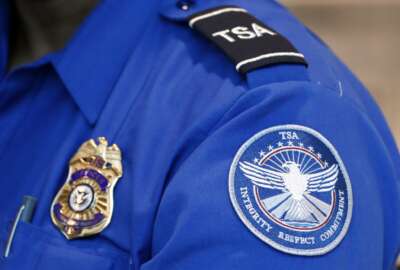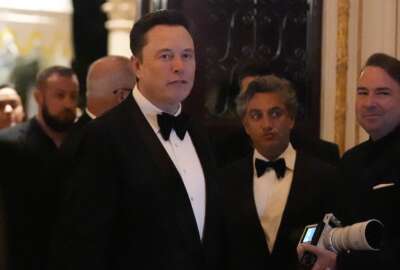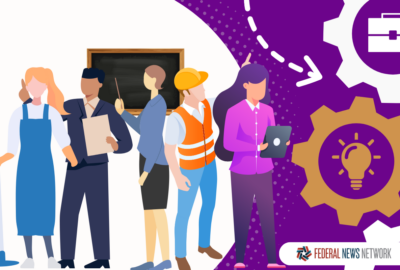Yay. GSA gives a Lyft to federal travel
A vendor-neutral, competition-endorsing, small-business-loving government should try to get the best deal.
A taxi medallion in some cities is worth a small fortune. Or used to be. In New York City you can buy one for around $600,000, and it may include the Prius. But according to several published reports, that’s down by 50 percent from selling prices just a few years ago—and falling.
Of course you know why: Ride sharing. Uber and Lyft have disrupted one of the most hidebound industries of all. Cab companies and associations throughout the United States have responded with apps of their own, but Uber and its counterparts are more than just their mobile apps. They’ve flooded the streets with vehicles in markets where ancient regulations restricted quantities and established rigid pricing. The apps are just the way to access a commodity where the supply has risen.
A great case in point is Orlando, Florida, where many a fed has traveled for a conference. A cab from the airport to where the stuff is, near Disney World or along that dreary International Drive, will set you back $60 or $70. Now you can summon an Uber driver for around $25 for the same trip.
Federal employees have been using these ride-sharing services for a while, and agency policies have generally allowed reimbursement for them. And why not? A vendor-neutral, competition-endorsing, small-business-loving government should try to get the best deal.
Now comes a Federal Travel Regulation bulletin from the General Services Administration, basically koshering reimbursement for using what it calls “transportation network services.” The bulletin doesn’t really add much in the way of policy. It says you can get reimbursement for ride-sharing services if you’re on a business trip away from your duty station. That’s mainly because such travel is subject to governmentwide policy. So the bulletin also leaves to individual agencies the discretion to reimburse for local travel.
As a practical matter, in D.C. most taxicabs appear to have also become Uber drivers. At least every time I contact Uber in the District a cab shows up. I don’t know whether it’s the competition or the District government, but in recent years I’ve noticed a big upgrade in the cleanliness and apparent mechanical reliability of D.C. cabs. They used to be among the worst anywhere. In the suburbs you are more likely to get Larry and his Toyota Corolla.
Uber ain’t perfect by any means. Its app can be confusing and it sticks you with $5 fees if you cancel 15 seconds after summoning a cab. And sometimes there’s simply aren’t any drivers. But it nevertheless has changed the whole cab picture.
Now your choice will be, solo ride or ride sharing? A warning. I opted for sharing a couple of weeks ago because it was so cheap. But I sat in the back with a millennial who was already in the car. Not one to understand the value of chatting with strangers, he had his ears plugged, of course, and sat there poking away at a mobile device.
Me, every time I’m in a cab I notice a new architectural detail in the city. But the bad thing was that, as the second drop off, I had to wait while the cab went around Robin Hood’s barn before getting to my destination.
Copyright © 2024 Federal News Network. All rights reserved. This website is not intended for users located within the European Economic Area.
Tom Temin is host of the Federal Drive and has been providing insight on federal technology and management issues for more than 30 years.
Follow @tteminWFED







